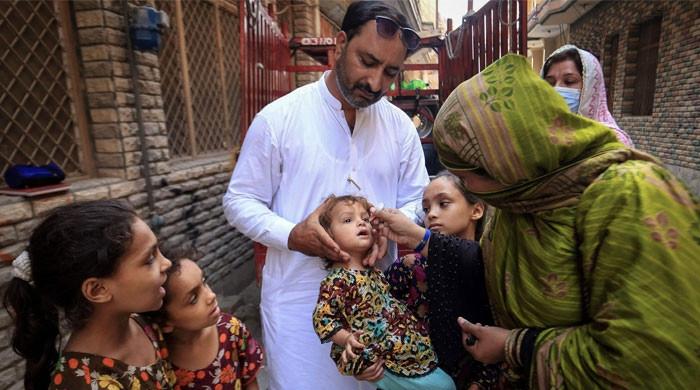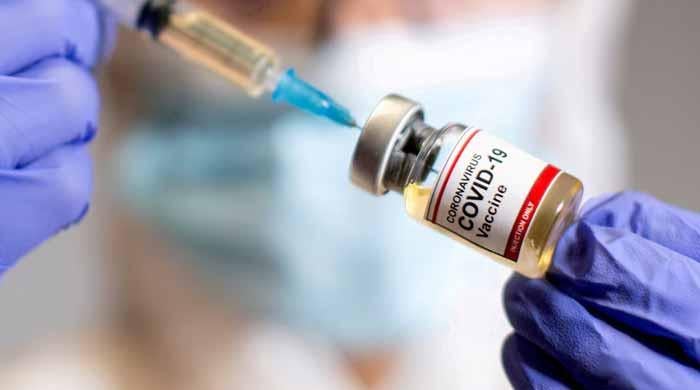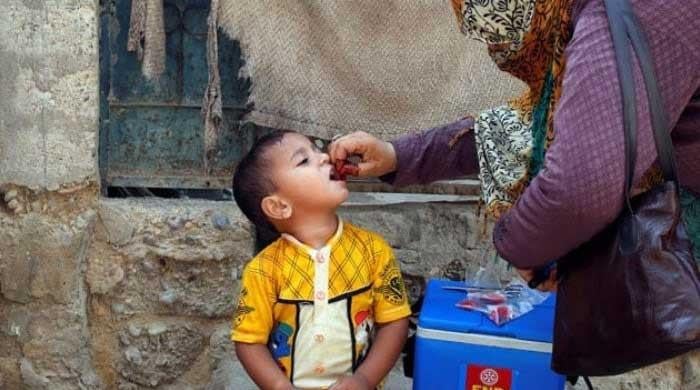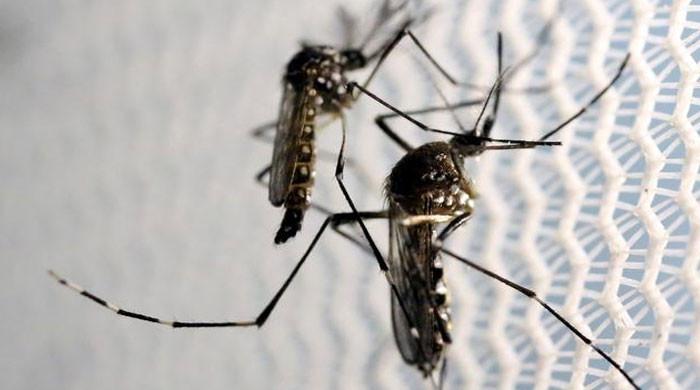Coronavirus vaccines in developing countries: Why has access been so unequal?
Can coronavirus vaccines reach developing countries? What obstacles are there to a vaccine reaching the world’s poorest?
January 29, 2021
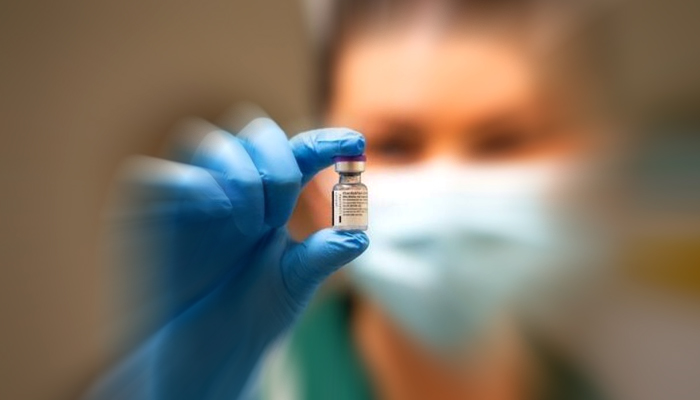
- Can coronavirus vaccines reach developing countries?
- What obstacles are there to a vaccine reaching the world’s poorest?
- Why has access to life-saving vaccines been so unequal?
Moderna's coronavirus vaccine is more stable-than-expected at temperatures that ordinary refrigerators can provide and can be distributed using existing cold-chain shipping and storage infrastructure.
That opens the door for its early use in hard to reach places that might not be appropriate for Pfizer Inc's vaccine which needs ultra-cold storage.
Meanwhile, Johnson & Johnson announced that its single-dose vaccine was 66% effective in preventing coronavirus in a large trial against multiple variants across three continents.
Read more: Pakistani minister says country to begin coronavirus vaccination next week
Unlike the Pfizer/BioNTech and Moderna vaccines, J&J's does not require a second shot weeks after the first or need to be kept frozen, making it a strong candidate for use in parts of the world with weak transportation infrastructure and insufficient cold storage facilities.
Why has access to life-saving vaccines been so unequal and could the coronavirus pandemic lead countries to unite around an affordable vaccine?
The bigger picture
Even before the coronavirus pandemic hit, access to vaccines was deeply unequal. Around 20 million children were not receiving vaccines that could save them from serious diseases, death, disability, and ill health, according to the World Health Organisation (WHO).
An estimated 1.4 million children under five died from vaccine-preventable diseases such as pneumonia, diarrhoea, and measles in 2016, according to the United Nations International Children's Emergency Fund (UNICEF).
Also read: Survey shows most Pakistanis choose not to get coronavirus vaccine
The situation could be about to get worse because coronavirus-related lockdowns have disrupted the routine immunisation of millions of children against non-coronavirus diseases like diphtheria, measles, and polio.
Approximately 80 million children under the age of 1 in at least 68 countries could be impacted, according to WHO.
Why is getting vaccines to developing countries so difficult?
The cost of vaccinating a child against diphtheria, whooping cough, hepatitis B, tetanus, pneumonia, polio, and rotavirus was $15.90 — or almost Rs2,550 — in 2018, according to Gavi, The Vaccine Alliance (GAVI).
While this may not seem much, this is still beyond the reach of many poor households.
Related: A step-by-step guide to getting the coronavirus vaccine in Pakistan
This was why GAVI was set up as an alliance — backed by the Bill & Melinda Gates Foundation, the WHO, the World Bank, UNICEF, and others — to provide vaccines to the world's poorest countries.
Currently, around a hundred drug development teams worldwide, including institutions, biotechs, and big pharma companies, are racing to develop vaccines against coronavirus.
"The worry we have is that unless we scale up production dramatically right now, and do that at risk, when the vaccines are available, they could be bought up by wealthy countries," GAVI's chief executive officer Seth Berkley said earlier this year.
Do infrastructure and logistics play a role?
Many poor countries lack reliable electricity and cold storage, two elements crucial to keep vaccines effective, and sometimes there are not enough healthcare professionals to administer the vaccines.
Large parts of the world's population also still live in places without proper roads, running water or telephone connection, making it difficult to contact potential vaccine recipients and deliver to them.
Also read: With PTI govt's delay in purchase, how soon will coronavirus vaccine be available in Pakistan?
Moderna's vaccine is stable for up to six months at a temperature of minus 20°C (-4 F°), about home freezer levels, when shipped and stored.
By comparison, Pfizer's vaccine can be transported and stored for up to 6 months at minus 70°C (-94 F°). It can be stored at standard refrigerator temperatures for up to five days.
What about politics?
The stability of a country also plays an important role in whether people can access vaccines.
For example, two-thirds of unvaccinated children live in fragile countries or those affected by conflict, according to UNICEF.
Read more: Sindh minister says coronavirus vaccine drive to begin from Feb 3
Between 2010 and 2016, Syria saw the sharpest decline in vaccinated children, with coverage falling by 38 percentage points, following by Ukraine where coverage decreased by 33 percentage points, the agency added.
($1 = Rs160.20)




